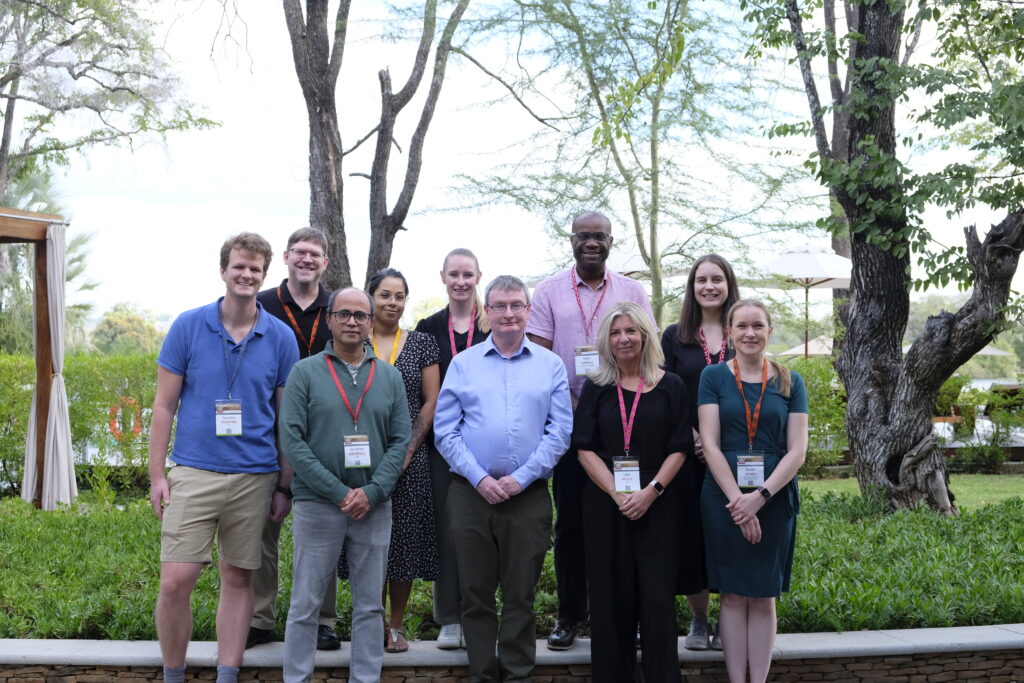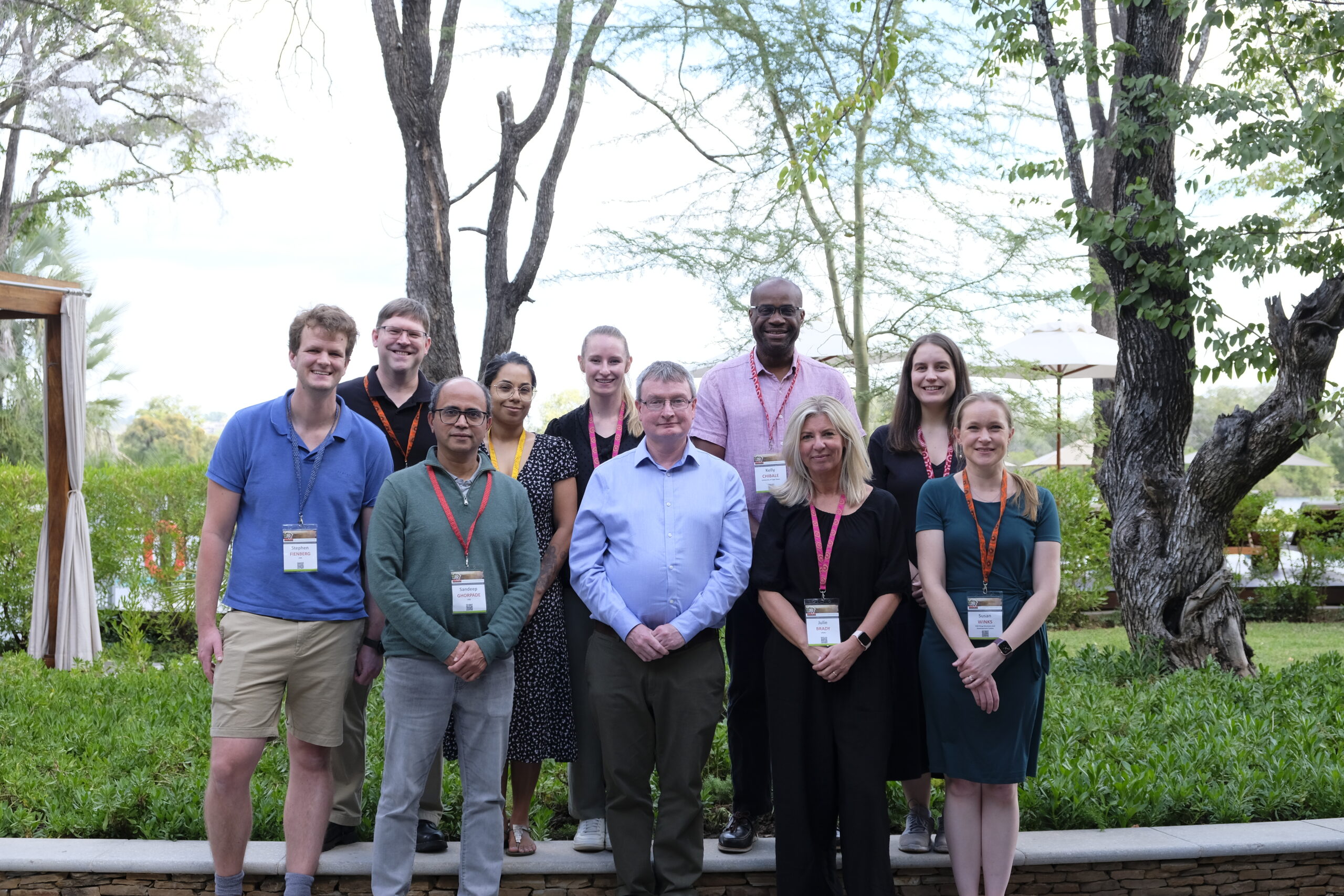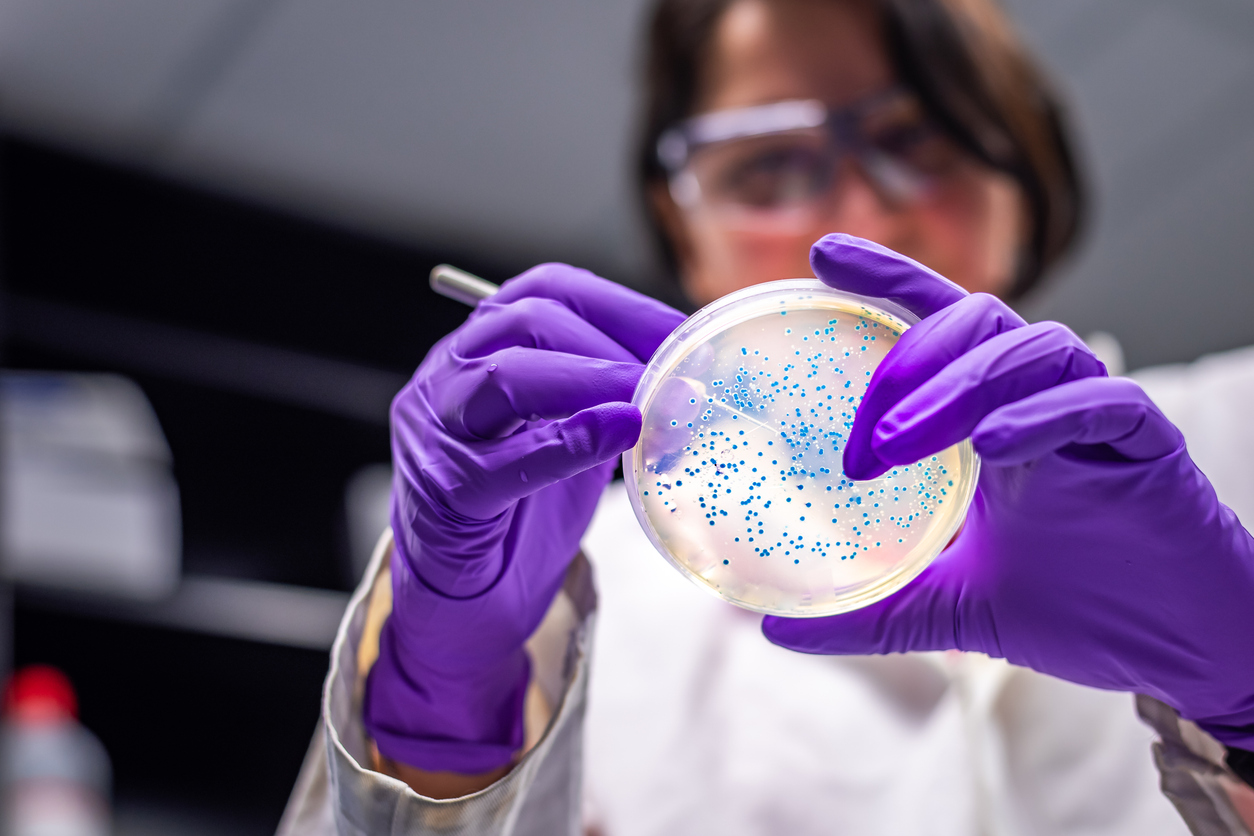CTAR: A centre for translational antimicrobial resistance research
We have committed £5 million to co-establish the new Centre for Translational Antimicrobial Resistance Research (CTAR) Programme at the University of Cape Town’s Holistic Drug Discovery and Development (H3D) Centre.

Overview
This multi-million-pound investment in partnership with H3D aims to tackle the urgent global health threat posed by antimicrobial resistance (AMR). The CTAR Programme supports the development of new first-in-class treatments for infections caused by multi-drug-resistant Gram-negative bacteria.
About the CTAR Programme
The CTAR Programme will combine the unique capabilities of LifeArc and H3D to strengthen local research capacity in Africa, where AMR is already widespread, and to develop new treatments for multidrug-resistant infections.
Alongside our funding, we will provide multidisciplinary support, training, and scientific placements to support the CTAR Programme.
Initially, the CTAR Programme will focus its efforts on Gram-negative bacteria such as Acinetobacter baumannii, a highly resistant pathogen responsible for many hospital-acquired infections and incidents in people with weakened immune systems.
About antimicrobial resistance (AMR)
Antimicrobials are vital medicines used to prevent and treat many common infections and are heavily relied upon to carry out surgeries. However, they are rapidly losing their effectiveness as the microorganisms responsible for infections learn how to resist them.
AMR threatens to undermine the progress made by modern medicine; without action, the most common infections or routine procedures could become life-threatening.
Over one million people are currently dying as a direct result of AMR, and failure to address the problem could result in 39 million deaths between 2025 and 2050. The discovery of new antibiotics that can overcome drug resistance is a critical component of the strategy to tackle this “silent pandemic.”
Contact us
In submitting your personal data via this form, you consent to being contacted via the details provided so that your enquiry can be responded to. If you would like your data to be removed, please email info@lifearc.org.
Please see our Privacy Policy in relation to the personal data you submit to us through this page.



